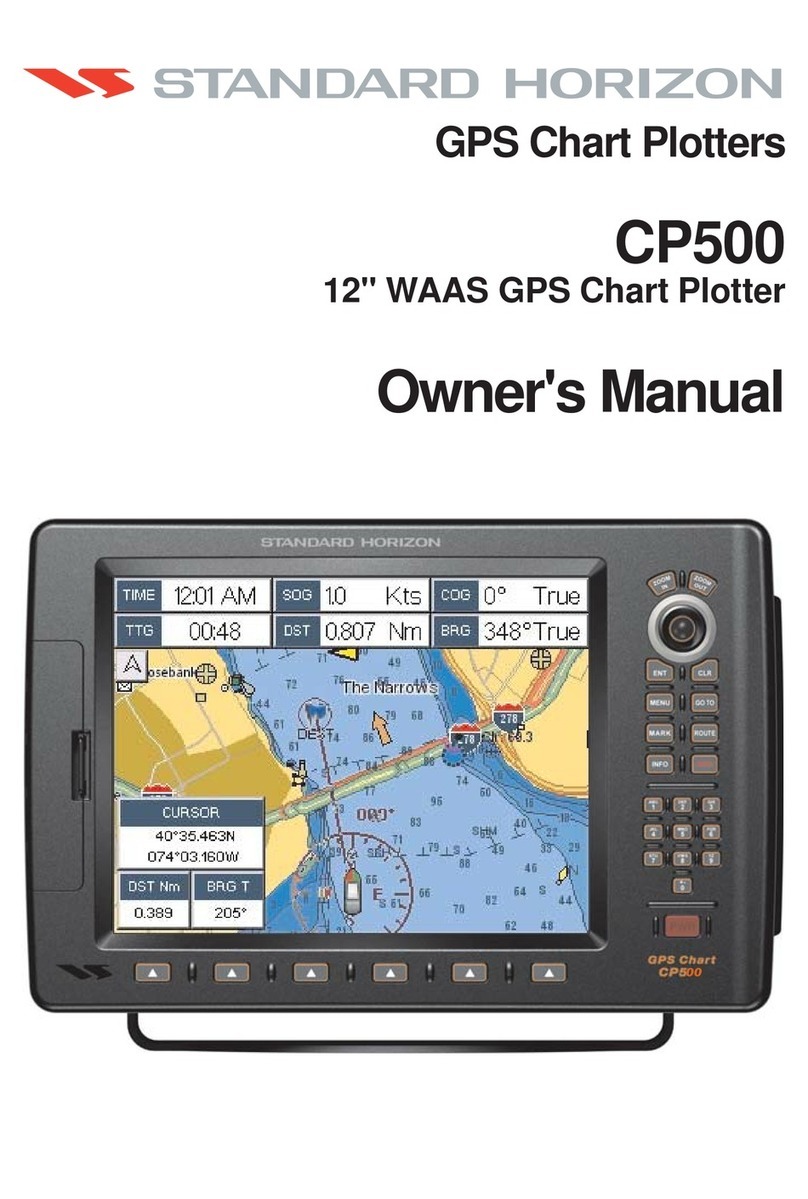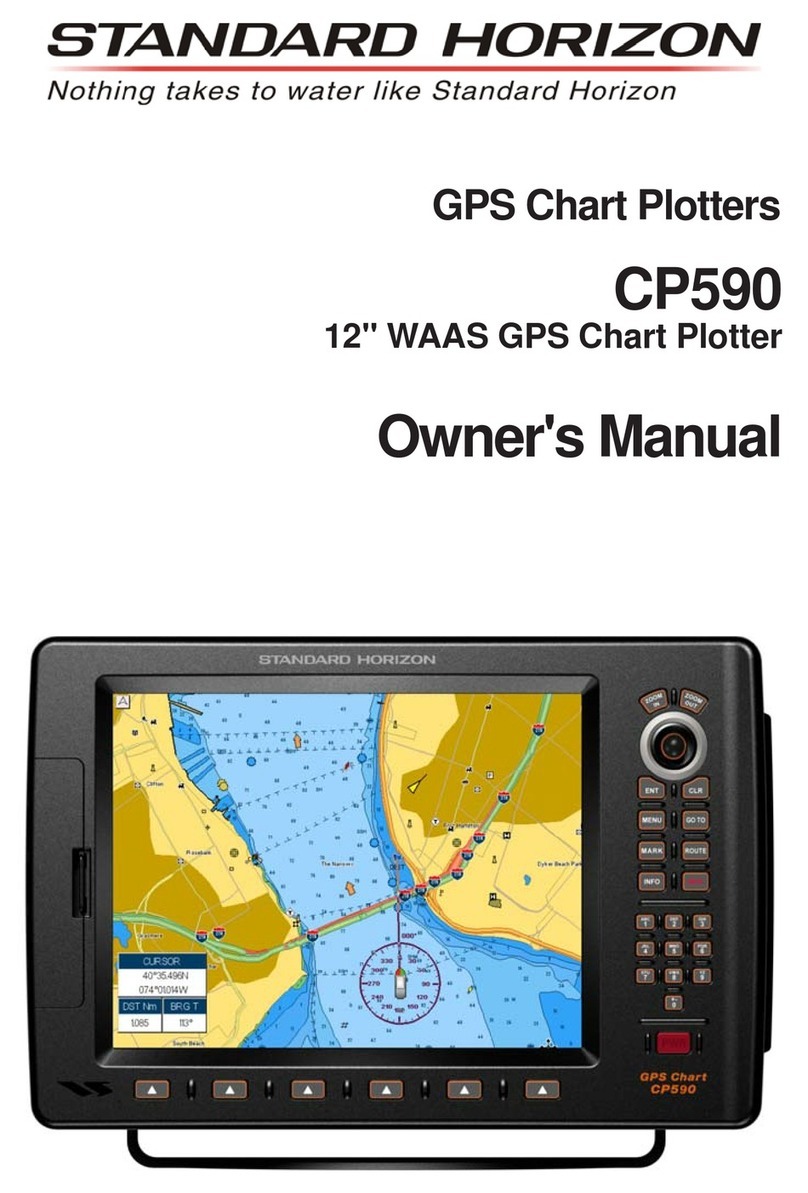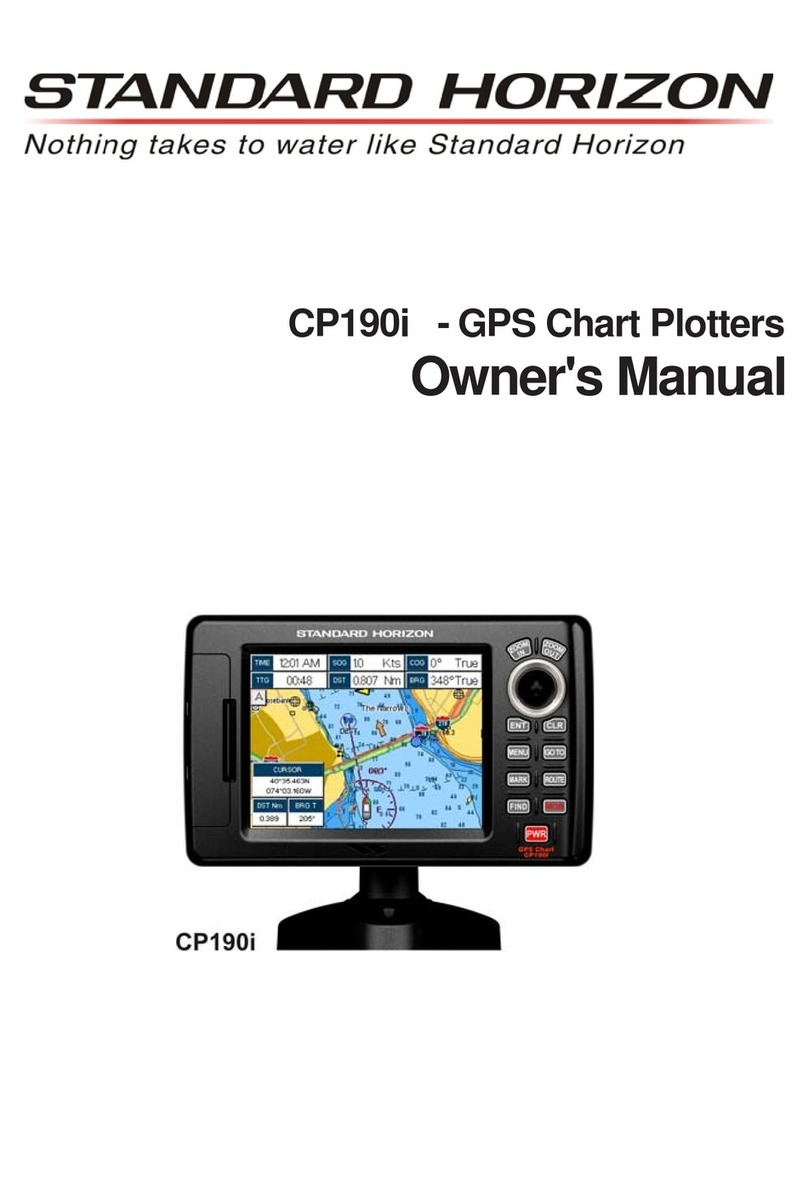
CP590 Page 7
10.0.0 Saving and starting a new Track ............................................................... 68
10.0.1 Deleting a Track.........................................................................................68
10.0.2 Other settings............................................................................................. 68
10.1 TRIP LOG ...............................................................................................................69
10.1.0 Using the Trip Log......................................................................................69
10.1.1 Setup / Reset .............................................................................................69
11. USER C-CARD .................................................................................................................70
11.0 USER C-CARD MENU ...........................................................................................70
11.0.0 Formatting the optional User C-CARD ......................................................70
11.0.1 Transferring files to the optional User C-CARD ........................................ 71
11.0.2 Loading a file from the optional User C-CARD .........................................71
11.0.3 Deleting a file from the optional User C-CARD .........................................71
11.0.4 Changing the optional User C-CARD ........................................................71
12. PAGES .............................................................................................................................. 72
12.0 CHART PAGE.........................................................................................................73
12.0.0 Focus Soft Key on Dual Chart Page ......................................................... 74
12.0.1 Single Chart Page......................................................................................75
12.0.2 Window Selections .................................................................................... 75
12.0.3 Customizing the Data Windows ................................................................75
12.0.4 Additional Functions on Chart Page ..........................................................77
12.0.5 Turning Off Information on Icon Points .....................................................77
12.0.6 Display Mode .............................................................................................77
12.0.7 Marine Settings .......................................................................................... 78
12.0.8 Depth Settings ...........................................................................................79
12.0.9 Land Settings ............................................................................................. 79
12.0.10Chart Settings ............................................................................................80
12.0.11Underwater Objects Settings .....................................................................81
12.1 CUSTOMIZING CHART SETTINGS ......................................................................81
12.2 NAVIGATION PAGE .............................................................................................. 82
12.3 HIGHWAY PAGE ...................................................................................................83
12.4 CELESTIAL PAGE .................................................................................................83
12.5 GPS STATUS PAGE ..............................................................................................84
12.5.0 Setup Menu................................................................................................ 85
12.5.1 WAAS/EGNOS Setting.............................................................................. 85
12.6 NMEA DISPLAY PAGE ..........................................................................................85
Changing the NMEA Page Windows......................................................................86
12.7 NMEA DATA PAGE................................................................................................ 86
12.8 NMEA TREND PAGES ..........................................................................................87
12.9 VHF DIGITAL SELECTIVE CALLING ....................................................................88
12.9.1 Distress Call ...............................................................................................89
12.9.2 Position Request........................................................................................ 89
13. ADVANCED SETTINGS ...................................................................................................90
13.0 INPUT/OUTPUT (NMEA, AIS, RADAR) ................................................................90
13.0.0 Input ...........................................................................................................90
13.0.1 Ouput .........................................................................................................90
13.1 NAVIGATE.............................................................................................................. 91
13.1.0 Loran TD ....................................................................................................91
13.2 COMPASS ..............................................................................................................92
13.3 ALARMS .................................................................................................................92
13.4 SIMULATION ..........................................................................................................93

































